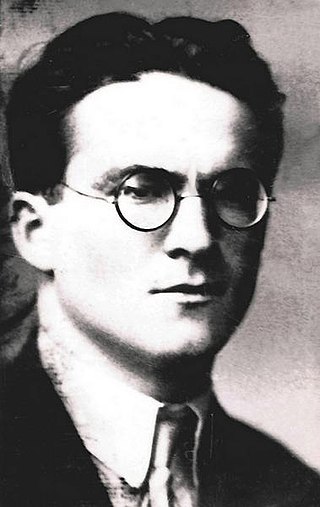
Mircea Eliade was a Romanian historian of religion, fiction writer, philosopher, and professor at the University of Chicago. One of the most influential scholars of religion of the 20th century and interpreter of religious experience, he established paradigms in religious studies that persist to this day. His theory that hierophanies form the basis of religion, splitting the human experience of reality into sacred and profane space and time, has proved influential. One of his most instrumental contributions to religious studies was his theory of eternal return, which holds that myths and rituals do not simply commemorate hierophanies, but actually participate in them.

The Forbidden Forest is a 1955 novel by the Romanian writer Mircea Eliade. The story takes place between 1936 and 1948 in Bucharest and several other European cities, and follows a Romanian man who is on a spiritual quest while being torn between two women. The book was written between the years 1949 and 1954. It contains several elements and themes which also appear in the author's scholarly work, such as initiation rites and the division between sacred and profane time.
Romanian literature is the entirety of literature written by Romanian authors, although the term may also be used to refer to all literature written in the Romanian language or by any authors native to Romania.
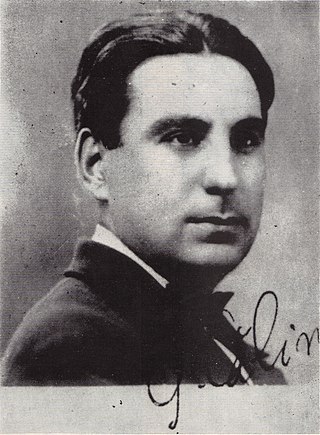
George Călinescu was a Romanian literary critic, historian, novelist, academician and journalist, and a writer of classicist and humanist tendencies. He is currently considered one of the most important Romanian literary critics of all time, alongside Titu Maiorescu and Eugen Lovinescu, and is one of the outstanding figures of Romanian literature in the 20th century.

Pericle Martinescu was a Romanian writer and journalist.
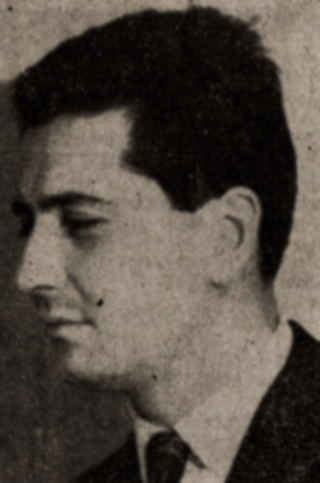
Matei Alexe Călinescu was a Romanian literary critic and professor of comparative literature at Indiana University, in Bloomington, Indiana.

Barbu Ștefănescu Delavrancea; pen name of Barbu Ștefan; April 11, 1858 – April 29, 1918) was a Romanian writer and poet, considered one of the greatest figures in the National awakening of Romania.

Haig Acterian was a Romanian film and theater director, critic, dramatist, poet, journalist, and fascist political activist. Alongside Mihail Sebastian and Camil Petrescu, he is considered one of the major Romanian theater chroniclers in the interwar period.
This is a bibliography of works by Mircea Eliade.
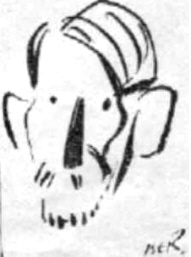
Ion Valentin Anestin was a Romanian graphic artist, engraver, painter, sculptor, journalist and dramatist. Noted as a caricaturist and art critic, he was the father of Ion Nuni Anestin, himself a visual artist and actor.
Pompiliu Constantinescu was a Romanian literary critic.
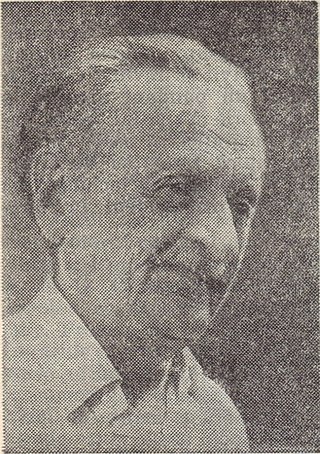
Șerban Cioculescu was a Romanian literary critic, literary historian and columnist, who held teaching positions in Romanian literature at the University of Iași and the University of Bucharest, as well as membership of the Romanian Academy and chairmanship of its Library. Often described as one of the most representative Romanian critics of the interwar period, he took part in the cultural debates of the age, and, as a left-wing sympathizer who supported secularism, was involved in extended polemics with the traditionalist, far right and nationalist press venues. From early on in his career, Cioculescu was also noted for his selective approach to literary modernism and the avant-garde, preferring to place his cultural references with Neoclassicism.

Diary of a Short-Sighted Adolescent is a novel by the Romanian writer Mircea Eliade. It is based on Eliade's time in high-school and tells the story of a precocious teenager with literary ambitions. The book was written in the 1920s when Eliade was still a teenager. It was discovered after the author's death and published in 1989 in Romania. An English translation was published in 2016 in the UK.
Sorin Alexandrescu is a Romanian-born academic, literary critic, semiotician, linguist, essayist, and translator.
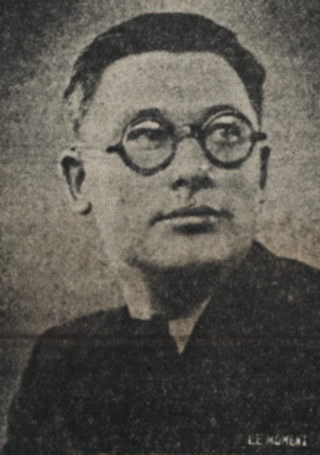
Ion Biberi was a Romanian psychiatrist and anthropologist, also active as an essayist, fiction writer, dramatist, translator and critic. Born into a mixed Romanian–French–German family, he spent most of his life in the Oltenian city of Turnu Severin, and was rather cut off from the center of culture in Bucharest. Young Biberi was interested in philosophy, literature, and popular science, including amateur astronomy and human genetics; his worldview was shaped by the works of Mihai Eminescu, Hippolyte Taine, Erwin Baur, and later Henri Bergson. He was also a child soldier in World War I, and his early experience of human disaster informed a lasting interest in thanatology. His first works were articles on scientific subjects published when he was still a teenager. At around that time, he also crossed paths with the younger author Mircea Eliade, who later became an additional influence on his work, and a generational leader.
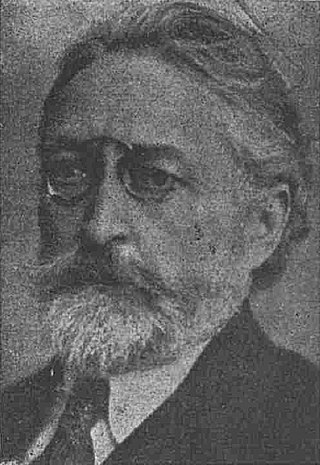
Ion Gorun was an Austrian Empire-born Romanian prose writer, poet and translator.

Mihail Polihroniade was a Romanian historian and journalist.
Constantin Fântâneru was a Romanian poet, prose writer and literary critic.
Istros books is a London-based independent publisher of writers from South-East Europe and the Balkans, in English translation. It was set up in 2011 by Susan Curtis.
Mircea Opriță is a Romanian writer, editor, essayist, critic, historian and translator of science fiction literature. Mircea Opriță is a prominent figure in the Romanian sci-fi literary environment, at the peak of a six-decade career.












